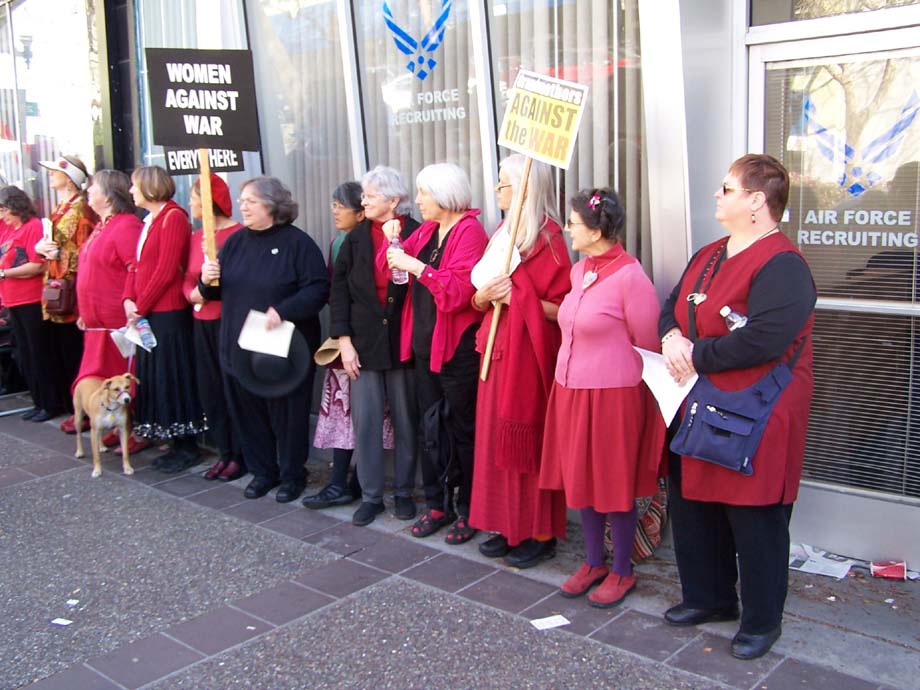Massive Ordnance Penetrator Design and Deployment: Another Routine Round of U.S. Government Lies
by Andrew Lichterman
Back in 2006, I wrote a series of posts about the “Divine Strake” test, a very large conventional high explosive test slated to be conducted at the Nevada Test Site (now dubbed/sanitized to the “Nevada Nuclear Security Site”), intended to simulate the effects of low-yield nuclear weapons. That test was later canceled as a result of opposition both from disarmament groups and from regional opponents concerned about potential environmental effects. Along the way, I found budget documents showing that the U.S. military also was developing a very large, earth penetrating conventional bomb called the Massive Ordnance Penetrator. (see the latter part of my post titled The ‘Divine Strake’ low-yield nuclear weapons simulation: government denials and responses).
At that time, Defense Threat Reduction Agency Director James Tegnelia was quoted in an American Forces Press Service piece, denying that the Defense Department’s Hard Target Defeat program manifested anything more than a theoretical interest in developing a large conventional earth penetrator:
“One weapon Tegnelia commented on is the HTD program’s Massive Ordnance Penetrator, a multi-ton bomb. He stressed that it’s a defensive, not offensive, weapon. He told AFPS that the MOP is a test article meant to understand the design principles on which a country might build a weapon to counter hard targets. ‘We are not in the process to convince anybody to field a large earth penetrator,’ he said.” Steven Donald Smith, “U.S. Agency Works to Reduce WMD Threat,” American Forces Press Service, April 3, 2006 (emphasis added).
Tegnalia made this statement despite budget request documents filed earlier, in February 2006, listing among the FY2005 accomplishments of the “CP operational warfighter support” program the following:
Analyzed effectiveness of massive ordnance penetration against hard and deeply buried targets and completed preliminary design.
Refined Massive Ordnance Penetrator (MOP) concept and began detailed weapon development and testing. Planned statically- emplaced Proof-of Principle test of effectiveness of Massive Ordnance payloads. Planned demonstration of massive ordnance airblast lethality against a full-scale tunnel target. Exhibit R-2a, RDT&E Defense-Wide/Applied Research - BA2 , 0602716BR Project BF - CP Operational Warfighter Support February 2006
On July 25, 2012, the Air Force Times quoted Air Force Secretary Michael Donley stating that the Massive Ordnance Penetrator is ready for use. (h/t to Common Dreams for its coverage of the issue). The Defense Threat Reduction Agency, more likely admitting the truth rather than retroactively revising it, states on its web site that
Flight tests have been successfully conducted at White Sands Missile Range, New Mexico. MOP integration activities for initial weapon delivery are also complete. Final system refinement, design and test will be complete in 2012 with additional weapon deliveries in 2013. The Air Force is managing and funding the program at this time, with Defense Threat Reduction Agency (DTRA) providing support.
Early tests of MOP were conducted by DTRA under the MOP Technology Demonstration effort. These tests began in 2004 with DTRA partnering with the Air Force Research Laboratory. DTRA conducted flight tests from 2008 to 2010. Defense Threat Reduction Agency, “Massive Ordnance Penetrator.”
All of this illustrates once again that on most matters, there is little reason to believe that any official of the United States Government is telling the truth when speaking for public consumption.

